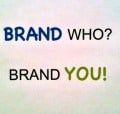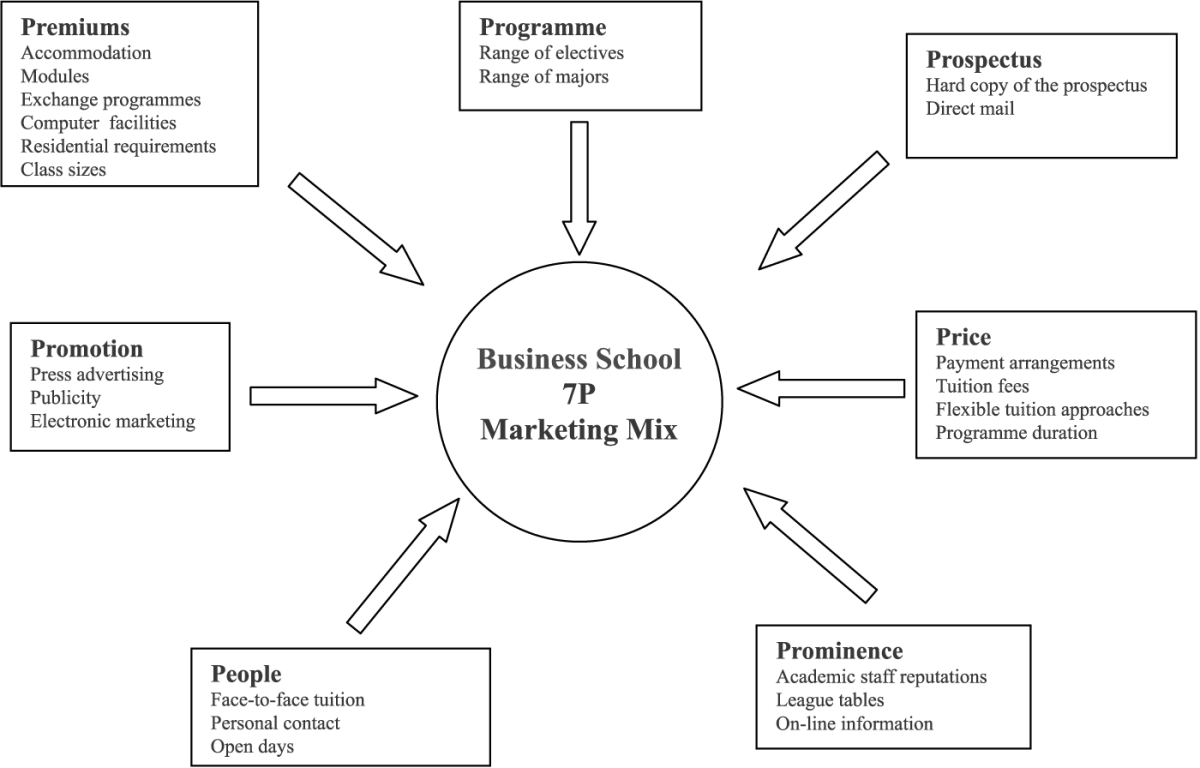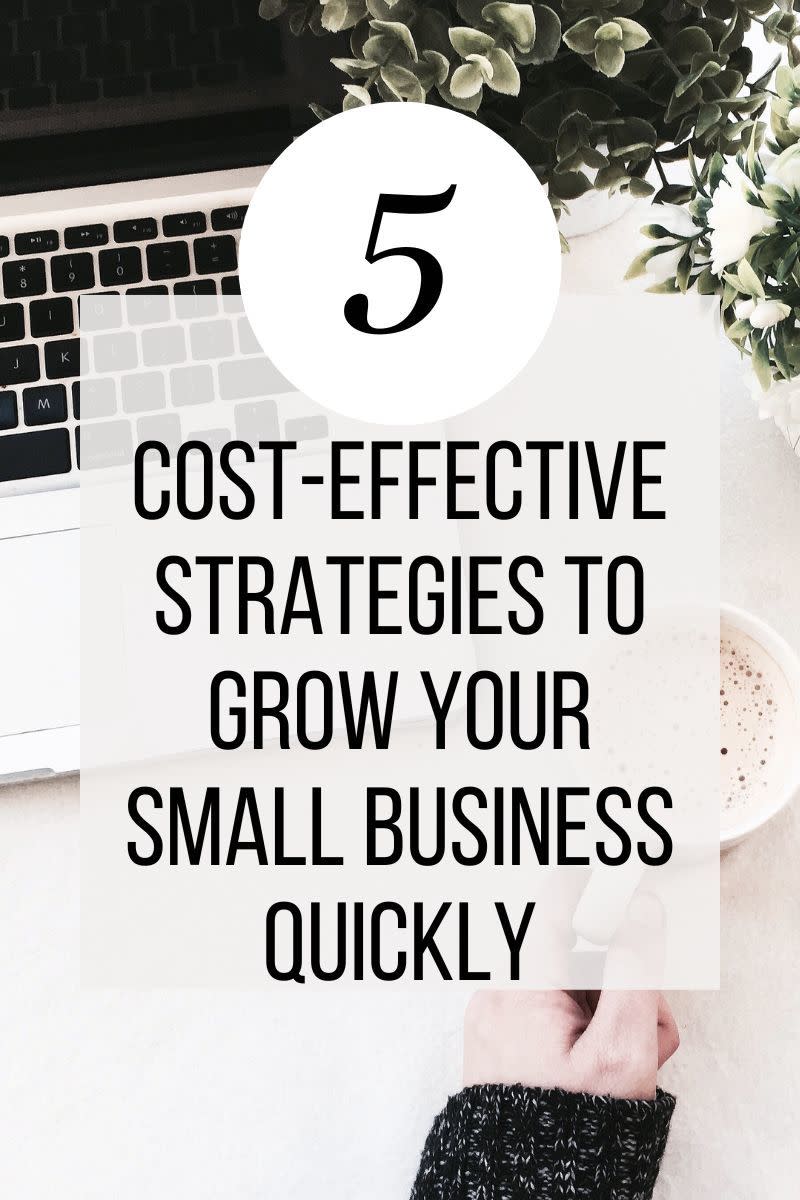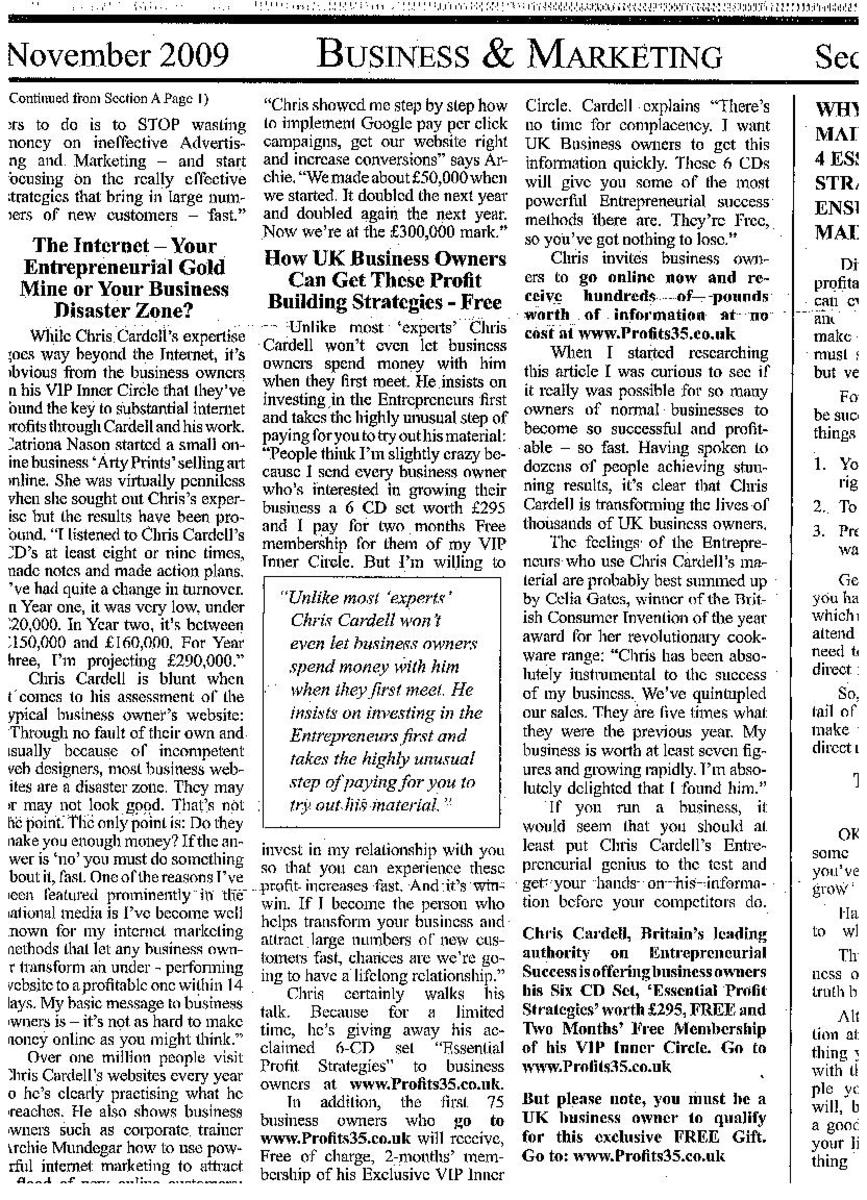Branding for Small Business
Start With Your Brand!
In developing or revamping marketing for your small business, the best place to start is branding. Learn to create a brand identity, and your marketing, advertising, and sales efforts will pay off. In fact, branding will reduce marketing costs and increase sales results!
Branding Gets All Your Marketing Pulling Together

What Happens Without a Brand?
Branding costs time and money, but it's worth it.
This is easiest to understand if you consider what happens without branding. Without branding, all of your advertising and marketing efforts are either low-quality, or they actually compete against one another. Branding creates a consistent, high-quality image. Marketing without branding creates a scattershot effect.
Branding is like coxswain with a megaphone in crew, that is, team rowing. The coxswain calls out "pull, pull" and all the power of the rowers lines up together to give maximum speed. Branding lines up all of your image, marketing, networking, publicity, and sales work to pull in the same direction with coordinated power, speeding you to sales success.
What is Branding?
Branding is an important concept, but you can learn all about it in just a few minutes. Branding is not rocket science. Some marketing consultants will tell you that it is - but they say that just to justify high fees.
In fact, branding is 99% common sense, and 1% willingness to invest in your success. Read on to learn all you need to know.
Your Brand
Your brand is the name and image that identifies your company and its products and services. Quick: What store has a red and white logo that looks like a target? Target! What sports company uses a swoosh? Nike. That's branding, or brand identity.
What Gets Branded?
You can brand anything in business. You can brand your whole company, like Target and Nike did. Or you can brand a product line, like the Nissan Sentra. (The corporate brand is Nissan, the product line is the Sentra.) Or you can brand a particular product or service. You can even brand yourself - my company name is Sid Kemp Enterprises, because my unique way of creating small business success is all about who I am. I help my clients spend less, work smarter, and make more. Now you know my brand!
You can even create more than one brand. The Kellogg Company is a great example. It began as the Battle Creek Toasted Corn Flake Company in 1906, but dropped "Battle Creek" from its branding and used the family name Kellogg in 1922. And, of course "Corn Flakes" is the brand of a well-known product, as well. It's own original products tend to have nutritious-sounding names that work well with the original corporate philosophy: All-Bran, Nutri-Grain, and Special-K.
Being a big company, they also diversify their brand to focus on flavor, such as Cocoa Krispies. I wouldn't recommend this approach for a small company - we should keep all of our branding focused on one image.
Some of the Kellogg company's brands were acquired through acquisition. Examples include: Eggo waffles, Keebler cookies, and Famous Amos cookies. Others are linked to popular media figures like Spiderman and Bart Simpson. These approaches, also, are for big business only.
Now that you know what branding is, read on to make key decisions for creating or revamping your brand.
Great Branding in Six Steps
Successful branding requires these decisions and steps:
- Decide what you will brand. Pick one or more: Your company name or d/b/a; a product or service line; a single product or service.
- Create a concept. For each brand you are creating, come up with a concept that includes a name, a tag line, and an image that go well together and create the look and feel that you want.
- Invest in great graphic design. Graphic design for the text and logo should be top-notch. Do it once, get it right, and re-use the image and the art over and over in all sizes, shapes, and places.
- Go for clarity. The worst thing that a brand can do is create confusion. See the sidebar Quality Discount What? for an example.
- Keep your originals. Original artwork belongs to you, and you should not leave it with your graphic artist. It is re-usable, and you may want to use it in dozens of different sizes and variations.
- Plan your transition. If you are changing your company name or image (rather than starting new), plan a transition so that old customers and prospects get used to the new image and don't forget you. If you're starting fresh, launch with a bang!
Branding Basics
Big companies get away with some branding techniques that require a lot of expensive advertising and image-building. It costs a lot of money to associate Nike with sportswear or McDonalds with sportswear. In small business, let's keep it simple:
- Pick a brand name that says what you do.
- Pick a tag line that shows what makes you different from your competitors.
- Pick a simple image that is easy to recognize whether it's a 1-inch square on a business card or a 10-foot banner on a booth.
- Create a second image that works for larger ads and posters only, and use that in addition to your logo on large items.
- Make sure that your logo works in black-and-white for inexpensive business cards and for when people print your flyers on their own printers.
When you have your corporate name or d/b/a (doing business as, an alias for your business name), you are ready to create logo, business cards, and letterhead. After that, you develop a library of marketing content. Then you are ready to plan and execute marketing campaigns that include build brochures, ads, posters, and more.
If you want to see where branding fits in to your entire marketing plan, read Small Business Marketing Strategy - Do's and Don'ts.
Quality Discount What?
In branding, "Quality" indicates a premium - better taste, better features, better service - in return for a higher cost. "Discount" indicates a lower cost. So "Quality Discount" contradicts itself. That's bad branding.
There's another problem with "Quality Discount": It doesn't tell the customer what you are selling. Quality Discount What? In fact, if you Google "quality discount" you will see, on page one: Quality Discount Press Parts and Equipment; Quality Discount Supplies and Services; Quality Discount Cabinets; Quality Discount Lighting; and Quality Discount Maid Services.
Note that none of these companies is famous, or even well known. Why not? Bad branding!
Bad Branding
Here are a bunch of things to avoid in branding:
- Confusion. Any kind of confusion, lack of clarity, or contradiction will lose your customer fast.
- Stuffing it all in. Some people try to fit everything about their company into a tiny brand. That just doesn't work. The brand should be memorable, be clear about what you do, and evoke interest. Save everything else for marketing copy, not your name, tag line, or logo. Or you can build multiple brands. "Cadillac" says American luxury car. Cadillac Eldorado says "high-end personal luxury car" and Cadillac Fleetwood says "limousine."
- Hodge-Podge. Many companies work their logo and then different advertising and marketing campaigns one at a time. They don't have a consistent image. The result is that they end up competing against themselves and losing business. To test for this, put all your ads on one table and look at them. Do they clearly all come from the same company and deliver the same message? Or do you see different colors, different logos, symbols, or shapes, multiple tag lines or no tag lines. If you didn't know better, might you think that each brochure, businesscard, or sign came from a different business? If you see that problem, fix your branding.
- Doing it cheap. Branding is not done well with templates, copied ideas, or humdrum logos. It's worth putting out the money just once so that all your ads, flyers, business cards, banners, and everything else look good from now on.
- Bad copies. If you don't keep your art originals, then images will be copied from one ad to the next in different sizes and for different types of printing. This looks really cheap, and you lose business. So keep your art originals, and have each graphic artist work from them.
How is Your Brand Doing?
Evaluate your brand or brands, and pick the answer closest to true for the way things are now.
Brand Your Company: Invest in Success!
If you're just starting out, then great marketing with a great brand is the key to great success. If you're already up and running, then branding makes a big difference. Branding improves the quality of your marketing. So, when you invest in good branding, marketing costs less and sales bring in more. That boosts your profit margin, putting more money in your pocket. Branding is a short-term investment with a long-term reward. Here's why:
- Once your core artwork is done, you can work with routine graphics handlers at very low cost to create great images whenever you need them.
- When you offer a consistent look and feel, customers will remember you and come back.
- Customers will feel that they know who you are and what you do, so they will trust you, making it easier for you to close the deal.
- You can expand your brand by creating tag lines for each specific product or service. You can make one central image go a long way!
Don't wait - start branding yourself to success today.








